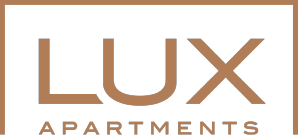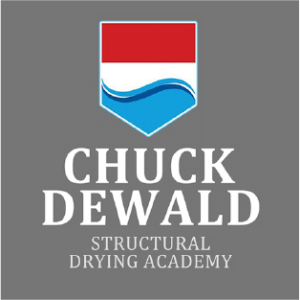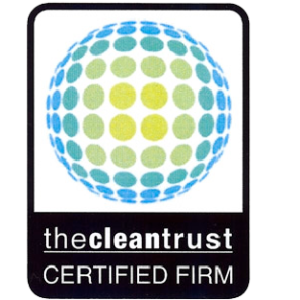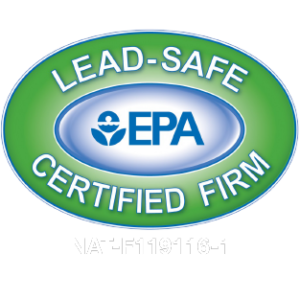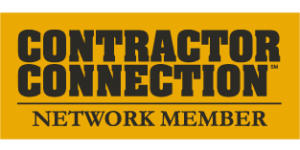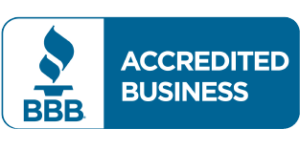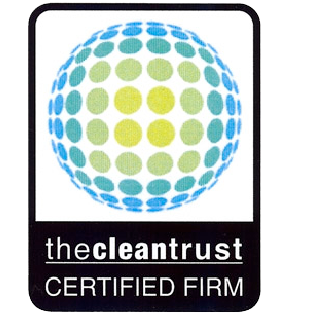Storm Damage Restoration
When natural disaster strikes, Revive Restoration is here to help.
Living in the midwest, our homes and businesses are exposed to all sorts of threatening weather, from tornados and floods to heavy frost and high winds. They can show up almost any day, regardless of the season.
When the weather does turn nasty, Revive Restoration responds quickly so you can start getting things back to normal. Our first goal is to prevent the existing damage from getting any worse — we inspect and evaluate potential structural damage as well as cosmetic damage. We provide roof repair and replacement, electrical, plumbing, siding, windows, tree removal, and more to our communities in the Midwest.
Frequently Asked Questions About Storm Damage
Is storm damage covered by homeowners insurance?
Storm damage to your home may or may not be covered by your insurance, depending on your specific policy.
Usually, homeowners insurance covers storm damage caused by lightning, hail, and wind. This includes many common problems like fallen trees or missing roof shingles.
Unfortunately, though, homeowners insurance generally doesn’t protect your home from floods, even if they are the result of heavy rains.
It’s important to get in touch with your specific insurance provider directly to go over what is and isn’t covered in your policy. In the United States, a $5,000 increment of flood damage coverage can typically be purchased for around $50 annually.
Who is responsible if a tree falls on my property?
There are a couple of different insurance outcomes when a tree falls onto your property. The most straightforward is that if your own tree falls in your own yard, your insurance company will be responsible.
Likewise, if your neighbor’s tree falls onto your property because of an act of nature like strong winds, your own insurance company will again be responsible. Since it’s possible for a completely healthy, well-cared-for tree to collapse during an intense storm, this liability isn’t considered the fault of the other homeowner.
On the other hand, if your neighbor’s tree falls onto your property because of negligence on their part, such as trying to improperly cut it down or failing to treat for diseases that weaken it, then their insurance will be responsible for covering your damage.
How can I protect my house from storms?
While it’s impossible to fully protect your home or business from nature’s unpredictable disasters, there are a few steps you can take to give your building a better chance at standing strong after a storm:
- Seal windows, doors, and other openings. This makes sure that rainwater and other debris can’t enter your home.
- Make sure water can drain away from your home. If water isn’t able to flow away from your building’s foundation, the chances of flooding are high.
- Check that your sump pump is in working condition. A basement sump pump can work wonders to prevent flooding by ensuring water levels never rise to damage any of your personal belongings.
- Clear clutter from your yard. The fewer objects that are loose in your yard when strong winds hit, the lower the chances are of anything flying around and causing damage to your property.
- Keep your trees trimmed. Low-hanging or loose tree branches can easily break off in a strong storm. By keeping your trees pruned and healthy, you’ll prevent them from causing damage.
- Have a backup generator at the ready. In order to keep all of your home’s electrical appliances functioning normally in the case of a power outage, it’s essential to have a generator set up.
What should I do after my home or business is damaged by a storm?
When a severe storm hits your property, countless thoughts run through your mind. Is everyone safe? What items are damaged? Will insurance cover the costs?
Take a deep breath and follow these steps to get everything back on track:
- Keep you and your family safe. Be careful to avoid hazards like splintered wood and broken glass. In extreme cases, this might mean staying in place until emergency crews can arrive.
- Examine and document the damage. If it’s safe to do so, take a lap around your property and see what’s damaged. Take as many photos as possible to document the scene — this will help you file the appropriate insurance claim down the line.
- Prevent additional damage with board-up services. Boarding up open windows and doors will prevent the elements from causing further harm to your home or business while the restoration process gets underway.
- Work with a professional restoration company to repair the damage. An experienced team will make sure that everything returns to normal as quickly as possible by handling all exterior and interior fixes.
How can I tell if my home has damage after a storm?
While severe storm damage is usually obvious, there are subtler problems that can happen after particularly heavy rains and high winds, even if your home or business’s structure is still sound. After any storm, take a lap around your property and keep an eye out for:
- Missing roof shingles
- Damaged siding
- Cracks or leaks in ceilings and floors
- Dents to gutters or other property
Anything that looks unusual — it’s always best to get in touch with a professional restoration company to be on the safe side if anything looks out of place. Catching the small starting signs of damage early can keep them from turning into full-fledged, expensive problems.
What should I put in my emergency storm survival kit?
Having an emergency survival kit ready before a storm hits is one of the best things you can do to ensure your family’s safety. Here’s what your kit should include:
- Drinking water for each person
- Non-perishable food items
- Flashlight and extra batteries
- Battery-powered radio
- Face masks to prevent inhaling dust and debris
- Extra cash
- Standard first aid kit
- Copies of important personal documents (passports, birth certificates, medical records, etc.)
- Necessary prescription medications
How fast do winds have to be to damage my home or business?
Generally, any winds above 50 miles per hour are considered dangerous — they are strong enough to rip branches off of trees and remove loose roof shingles or other exterior features from your home or business. Even just temporary gusts can send objects flying through the air into your property.
The potential for damage increases as wind speeds get higher. Winds above 70 miles per hour can flip mobile homes, trailers, and cars. These gusts will likely cause severe roof damage to residential and commercial buildings.
How can lightning damage my home or business?
Lighting can cause damage to your home or business in a few ways. The one we most commonly think about is trees falling onto your property — when a lightning strike cracks a tree’s trunk, it can topple over onto whatever is nearby.
Another type of damage is when lightning strikes a power line. Through the wiring, the voltage can make its way straight into your home or business, where it can destroy electrical appliances that are plugged in.
A third type of lightning damage is to exterior equipment like air conditioners, pool pumps, security systems, and so on. When lightning strikes one of these items, it will not only destroy that particular object, but it will also be conducted into your home where it can cause the same appliance problems as direct power line hits.
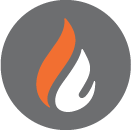
Non-Emergency
Fill out our form and we will reply
within four business hours.
Emergency
Call 608.222.9222 to address your issue right away. If our phone lines are experiencing high volume, our form is a great way to get ahold of us. We monitor it 24/7 and will get back to you ASAP!
"*" indicates required fields





